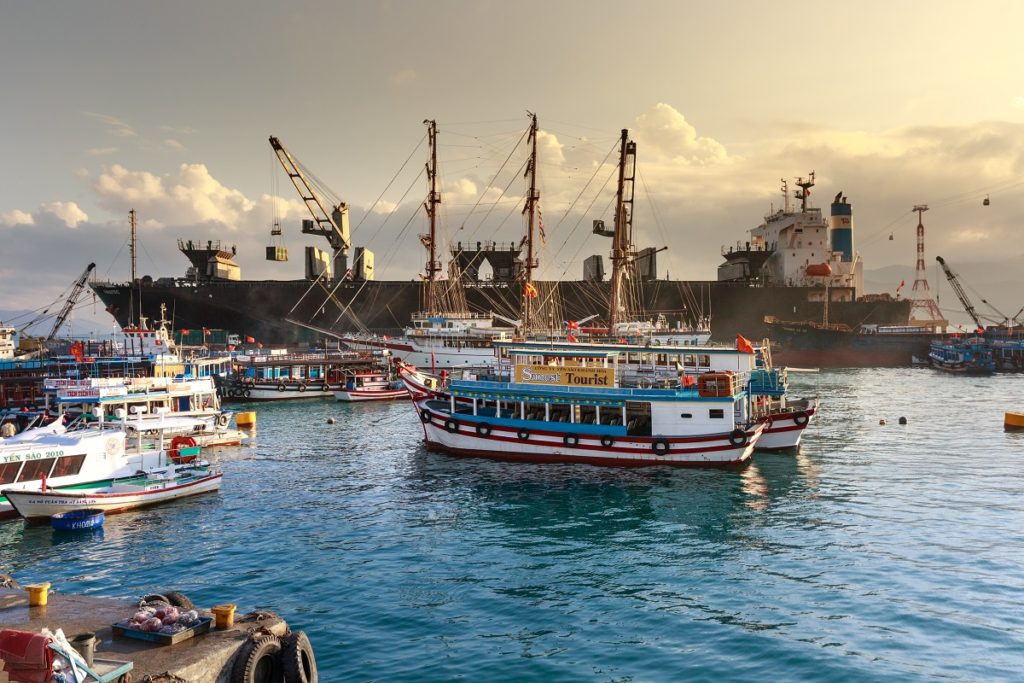Nowadays, brands can reach not only their local market but internationally as well. The first thing customers ask when they see a business or a brand online is “do you ship internationally?” With the availability of ground, ocean, and air freight as options for international shipment, you need to consider which is best for your goods, time, and budget.
If you’re opting for ground shipping, you can reach out to a trusted CDL driver staffing company to help match you with the best commercial driver’s license holder possible. They can also assist you with local and interstate deliveries, especially if you’re just about to grow your business and are still looking at bigger options for international shipment.
Learn more about the difference among ground, ocean, and air freight, and which would be best for your business as you continue to scale it to a worldwide brand.
Ground Shipping
Probably the most popular option, there’s a reason companies like FedEx and DHL have grown in scale. If you’re looking at local and interstate deliveries, you can partner up with trucking companies that can help deliver your goods in bulk at the most convenient timeline possible.
Ground shipping is more cost-efficient compared to air (but more costly than ocean freight) because of the time it takes to transport your goods. Short to medium travel lengths, and door-to-door options, are best matched with ground shipping. One consideration for ground shipping is that it increases your carbon footprint. Because of the logistical side of transporting goods via truck or train, greenhouse gases and pollution increase.
Ground shipping is categorized under two buckets: less-than-truckload (LTL) and full-truckload (FTL). LTL is a good way to save on cost, especially when you can’t fill an entire truck space for your delivery. That way, you get to pay only for space you’re filling up and can divide the costs with other companies.
Choose FTL if you’re able to fill the whole truck and if you want to deliver your goods in the shortest time possible. FTL deliveries do not require stopping over several locations since the destination is dedicated purely to you.

Air Freight
Now if your business has international shipping options, then air freight is viable (if you have the budget) compared to ocean freight. With air shipping, your goods can reach your customers at a faster pace—not only because of the absence of heavy road traffic—but because it flies straight to your state or country with no stopovers. Pet and perishables (like food) are best flown via air, versus enduring long hours (even days) of ground shipping.
Air shipping also entails tighter security, so you know that your goods are in secure hands. On the other hand, due to the higher demand for air shipping, the cost that comes with it has also increased. So unless you have the budget for flying your goods in and out of certain states or countries, then air freight might not be the most economical option for you.
Ocean Freight
Roughly 90 percent of goods and commodities are transported via ocean freight, as it is economical and is best for non-expiry products (non-perishables). Albeit slower (considerably the slowest among the three freight shipping options), it covers huge distances (and shipment size) and if you’re in no hurry, this is the best shipping means for you.
Depending on the scale of your business, you have several shipping options to choose from to deliver goods and commodities to your customers. As you scale your brand, it’s best to consider other freight options, as it will determine long-term expenses.

